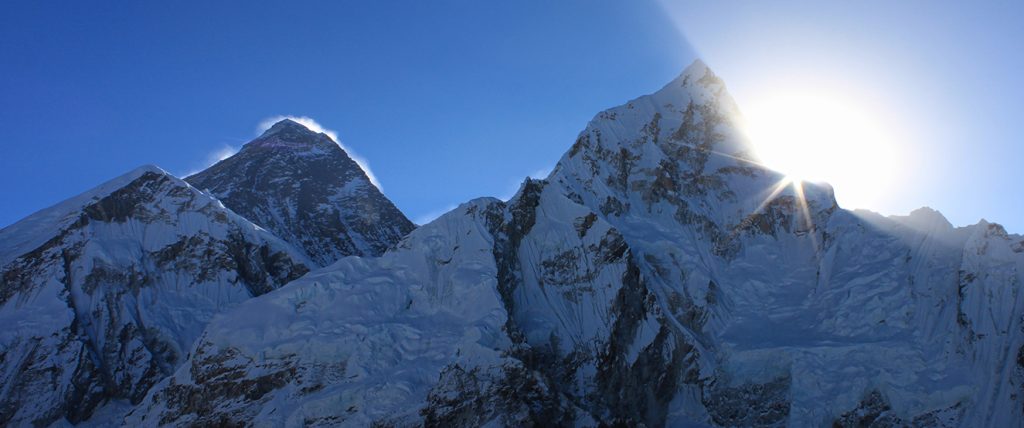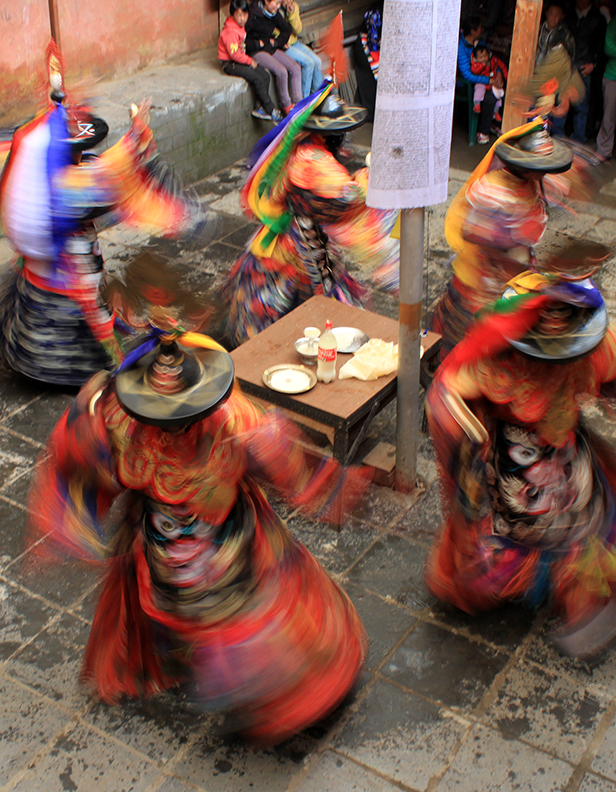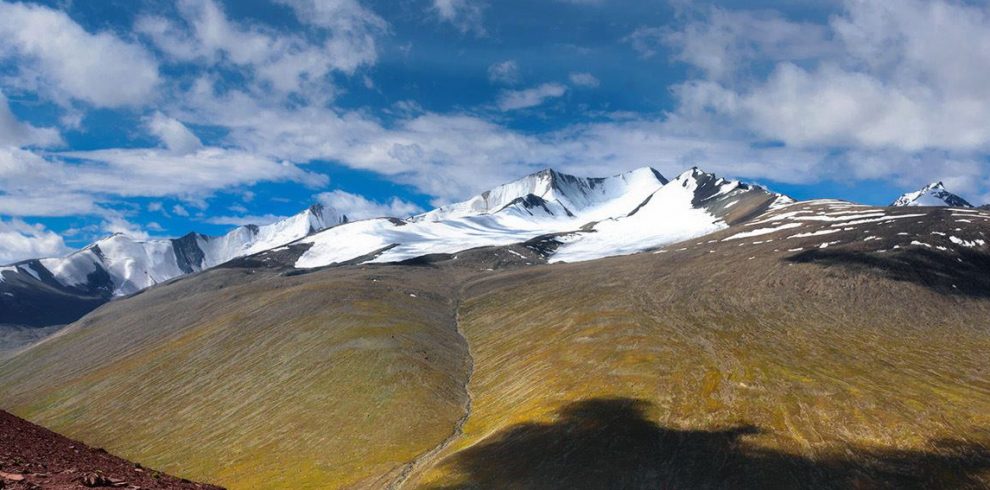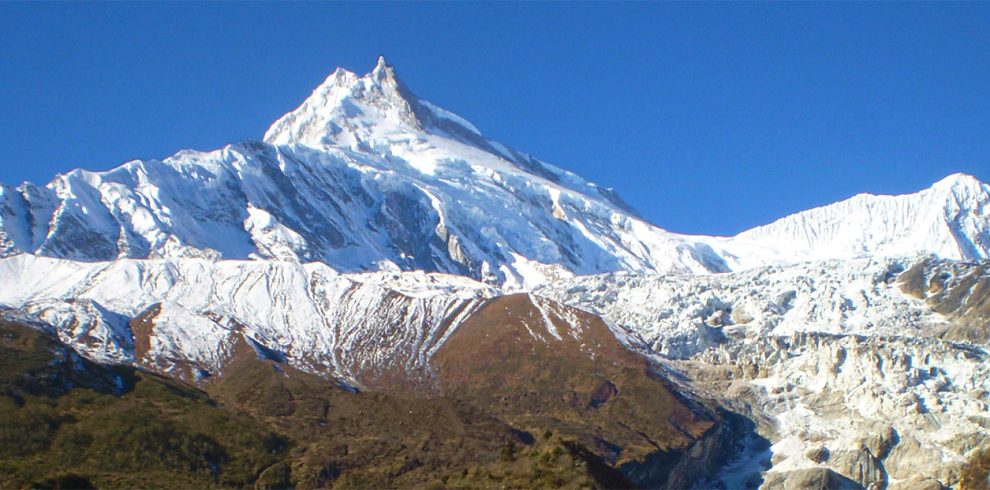Every year there are thousands of tourists trekking to Everest Base Camp to experience the breath-taking beauty of the Himalayan Grandeur – the majestic mountains. Most of them travel in these parts in the so called “high-season”, which of course is the best time of the year “weather wise”. However, the local people during these “high season” put aside their daily mundane activities, which is an integral part of experiencing the culture, and get involved in the tourism business- running lodges and guiding treks. The “off season” is when the local people springs back to their real lives- daily activities, have family gatherings and celebrate festivals. Thus, travellers often do not get the opportunity to experience this colourful culture of these wonderful mountain people.
We have designed this program to offer an opportunity for travellers to trek in the majestic Himalayas, set foot on the famous Everest Base Camp as well as experience their daily activity, way of living and take part in the colourful and most important festival of the local people- the Dumji festival.
Overview
About Dumji:
The Dumji Festival, which is celebrated in the month of June/ July, is one of the most popular and interesting festival amongst the Sherpa community of the Solu Khumbu region of Nepal. It is an annual festival commemorating the birth of Guru Rinpoche (the reincarnated monk). Lama Sangwa Dorji, the founder of the earliest monastery of Khumbu, was the first to start the Dumji festival in the village of Pangboche about 360 years ago.
The festival serves as a religious and community duty to help bring the villagers together. For the people of the local community, however, the Dumji festival also serves their mundane existential needs as it marks with the transition to spring time the beginning of the agricultural cycle. Every 13 years it falls upon three families to provide food and drink for the entire village for the duration of celebrations, which lasts for 4 days.
The main ritual acts include the purification of the ritual space, the calling or invocation of both the transcendental and the local deities, the offering of place, the offering consisting of seven substances, praise, supplication, and recitation of mantra in the course of meditation.
The most striking part of the festival is the “sacred masked dances” performed in a monastic context by trained dancers in colorful costumes and awe-inspiring masks symbolizing the protectors of the Buddhist doctrine.
Highlights
- Mountain flight to Lukla
- Namche Bazaar- the Sherpa capital of the Khumbu
- Experience the colorful and most important festival of the Khumbu- Dumji
- Views of 4 of the 6 highest mountains- Mt. Everest (8848 m), Lhotse (8510 m), Makalu (8467 m) and Ch Oyu (8201 m)
- Tyangboche monastery- a 200 year old monastery situated on a ridge surrounded by massive mountains.
- Everest Base Camp- the base for climbing expeditions from the South side.
- Kalapathar- the best vantage point of Mt. Everest and its surrounding peaks.
- Sagarmatha National Park, listed as a World Heritage Site by UNESCO





